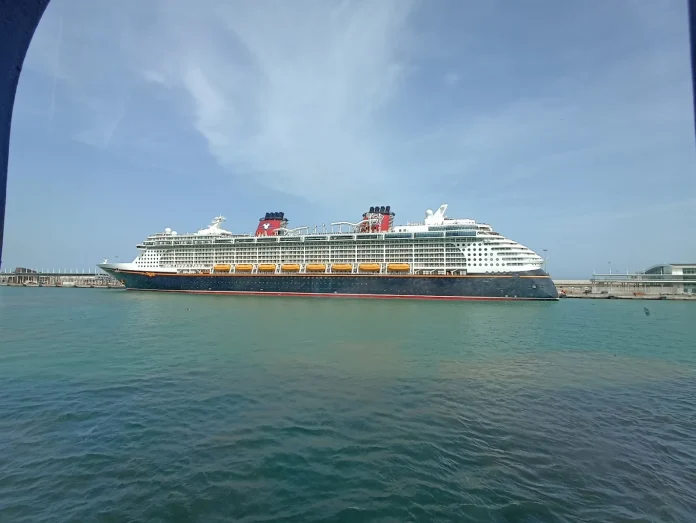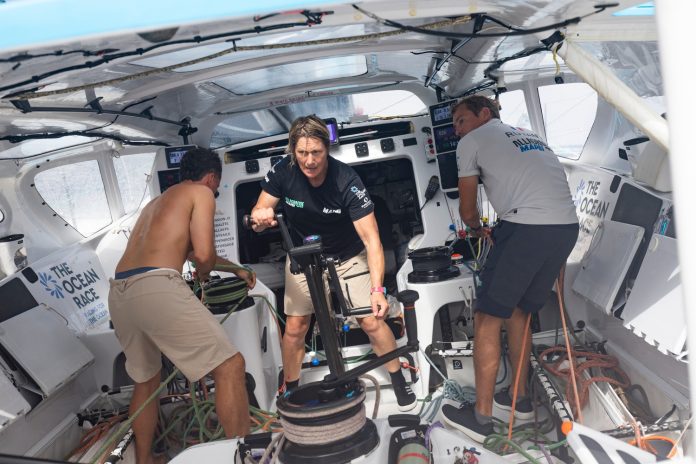Reshaping the cruise gateway to Barcelona
Barcelona, one of the Mediterranean’s busiest cruise ports, is making a bold move to reduce the number of cruise ships docking in the city. By 2026, the city will reduce its total cruise terminals from 10 to 7, enforcing a cap of just 7 cruise ships per day. The move is designed to combat overtourism, reduce emissions, and improve the quality of life for residents.
Port authorities confirmed that the terminals being closed are those closest to the city centre. This includes those at the Moll de Barcelona Nord, which currently bring passengers directly into the heart of the city near the Columbus Monument and La Rambla. These terminals will be decommissioned, with all cruise activity consolidated at the Moll Adossat pier, located farther south and less intrusive to the urban core.
City centre under pressure
Barcelona’s decision is part of a wider strategy to rein in mass tourism. Cruise arrivals reached record levels in 2023 and early 2024, with multiple ships docking daily and thousands of passengers flooding the streets. Local residents and businesses have voiced frustration over congestion, noise, and environmental damage caused by frequent cruise traffic.
The city’s mayor, Jaume Collboni, has made it clear that the policy is about restoring balance. “We want quality tourism, not quantity,” he told local press earlier this month. Critics of cruise tourism argue that the sector brings relatively low economic return per visitor while placing a heavy burden on local infrastructure.
“We want quality tourism, not quantity,”
The policy will also cut short-term traffic spikes. At present, it’s not unusual for 8–10 ships to dock in a single day, unleashing more than 20,000 tourists into an already dense city centre. The new cap of 7 vessels per day is expected to significantly ease the pressure.
Environmental and planning gains
Beyond crowd control, the move aligns with Barcelona’s climate and urban sustainability goals. Concentrating ship traffic in a single zone will enable better management of air and noise pollution. With the cruise terminals moved to Moll Adossat, it becomes easier to monitor and control environmental impacts away from the historic core.
View this post on Instagram
The port will also be able to enforce cleaner fuel use, exhaust treatment, and shore power initiatives more effectively at a single consolidated site. Meanwhile, the closed terminals will free up valuable waterfront space that could be repurposed for cultural, recreational, or green uses.
Industry response and timeline
Cruise lines are adjusting to the changes, with Port of Barcelona officials reportedly working closely with industry players to ensure a smooth transition. While some operators have expressed concerns about potential bottlenecks, the overall message from authorities is clear: Barcelona is no longer pursuing volume for volume’s sake.
The terminal closures will be completed by 2026, with traffic caps expected to begin sooner. The plan builds on an agreement signed back in 2018 between the Port Authority and the city council to decentralise cruise activity.
What does it mean for Mediterranean cruising
Barcelona’s decision sets a precedent for other popular Mediterranean ports grappling with similar issues, such as Venice and Dubrovnik. As cruise tourism continues to rebound post-COVID, the focus is shifting from growth to management.
For cruise operators, the message is to adapt or risk losing access to one of Europe’s most iconic destinations.
























